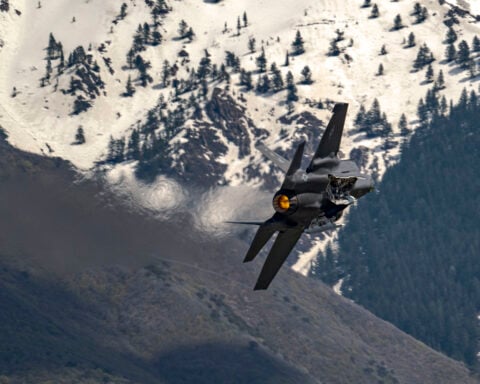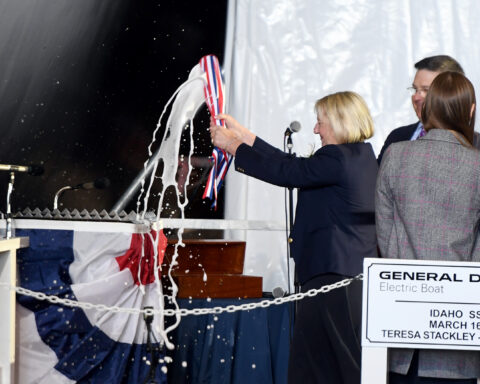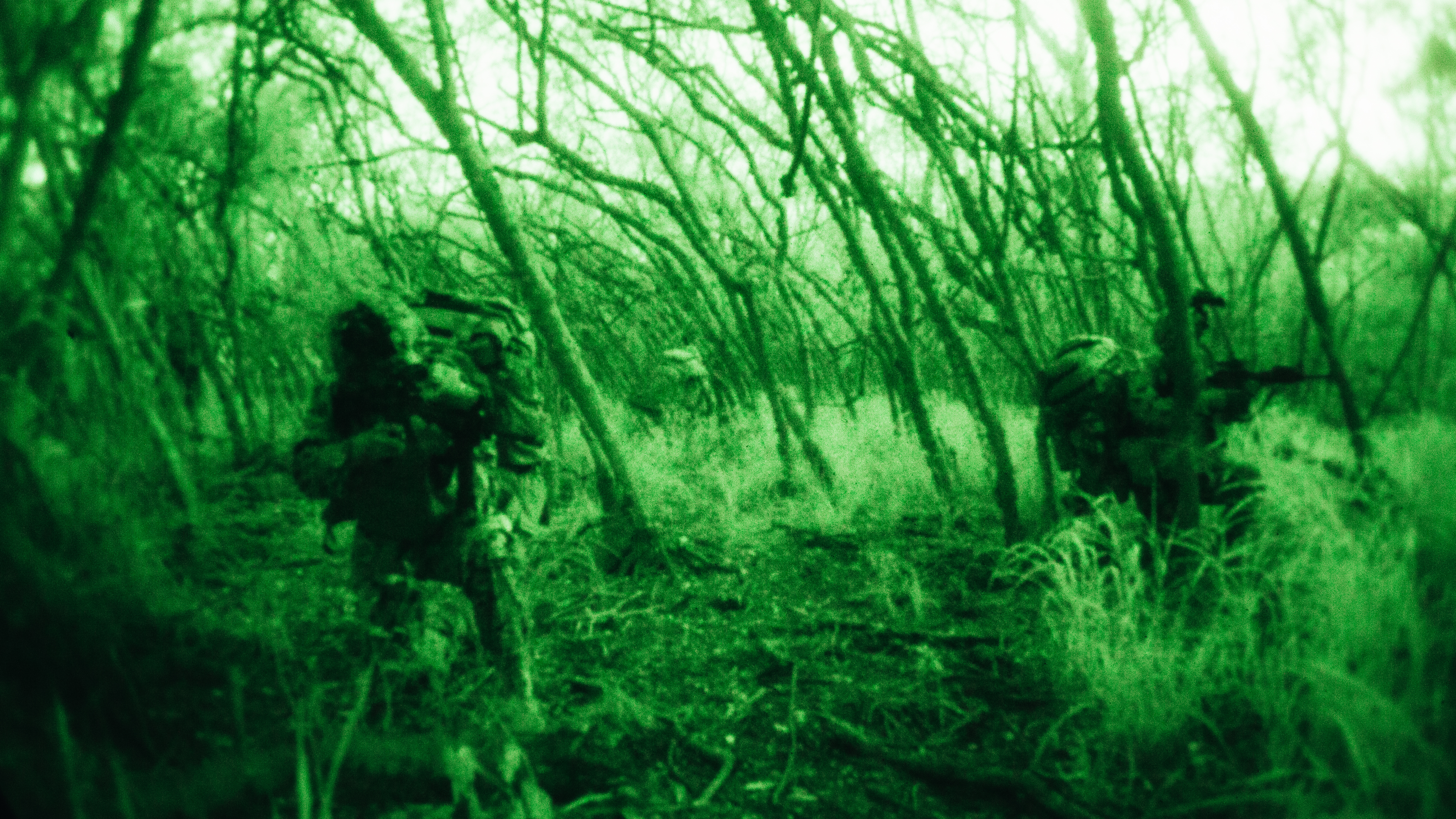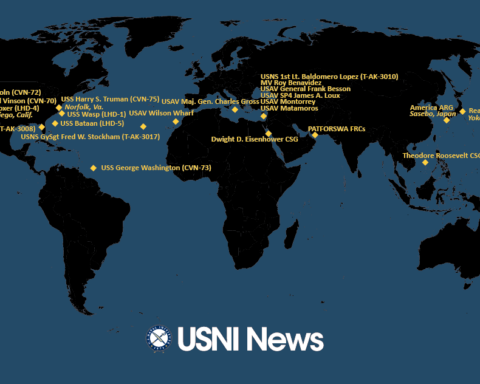The following is the Sept. 14, 2023, Congressional Research Service report, Russia’s War in Ukraine: Military and Intelligence Aspects.
From the report
Russia’s renewed invasion of neighboring Ukraine in February 2022 marked the start of Europe’s deadliest armed conflict in decades. After a steady buildup of military forces along Ukraine’s borders since 2021, Russia invaded Ukraine on February 24, 2022, with Russian ground forces attacking from multiple directions.
Initially, Russian forces made gains along all lines of advance. However, Russian forces ran into effective and likely unexpected levels of Ukrainian resistance from the invasion’s outset. In addition, many analysts and officials assess that, during this first stage of the war, the Russian military performed poorly overall and was hindered by specific tactical choices, poor logistics, ineffective communications, and command-and-control issues. The Ukrainian Armed Forces (UAF), while at a quantitative and qualitative disadvantage in personnel, equipment, and resources, have proven more resilient and adaptive than Russia expected.
Over the course of the first several weeks of the war, Russian President Vladimir Putin and the Russian military had to adjust to various setbacks and other developments on the ground. With many Russian advances stalled, Russian defense officials announced in late March 2022 that military operations would focus on eastern Ukraine, including the regions of Donetsk and Luhansk (collectively known as the Donbas, where Russian-led separatists have been fighting since 2014) and that Russia would withdraw its forces around Kyiv and Chernihiv in the north.
Through the winter of 2022-2023 and the war’s one-year mark, fighting gradually focused around the Ukrainian town of Bakhmut, as both sides began preparing and reconstituting forces for expected offensives in the spring. Russia’s armed forces had launched a new offensive early in the winter, likely due to Moscow’s continued and unrealistic demands for gains, and had expended crucial personnel, equipment, and ammunition. In early 2023, Ukraine established new units that were trained and equipped by the United States and allied partners to spearhead a counteroffensive to retake occupied territory. Ukraine’s long-anticipated counteroffensive to retake Russian-occupied territory in southern and eastern Ukraine has run into heavier-than-expected resistance, forcing the UAF to adjust tactics and achieve incremental gains against fortified Russian lines.
In contrast to previous periods of the war that saw rapid maneuver warfare, the war entering fall 2023 has become attritional, with each side seeking to wear down and outlast the other. Casualties, equipment losses, and the need for ammunition are acute as Russia and Ukraine seek to reconstitute units and rotate forces on the frontlines. For Russia, recruiting remains constrained due to political considerations and implications for domestic stability. Ukraine’s relatively smaller population has been almost entirely mobilized. Sustainment, rather than the introduction of new capabilities or units, likely will be the focus for both Russia and Ukraine. The ability to repair and replace equipment, recruit new personnel, and procure artillery ammunition will be among the key factors determining success in the coming months.
Congress has taken numerous measures in response to Russia’s aggression against Ukraine. The 118th Congress is likely to continue tracking developments in Ukraine closely as it considers upcoming policy decisions on U.S. and international efforts to support Ukraine militarily, conducts oversight of security assistance, and examines U.S. and international policies to deter further Russian aggression.
Download the document here.





